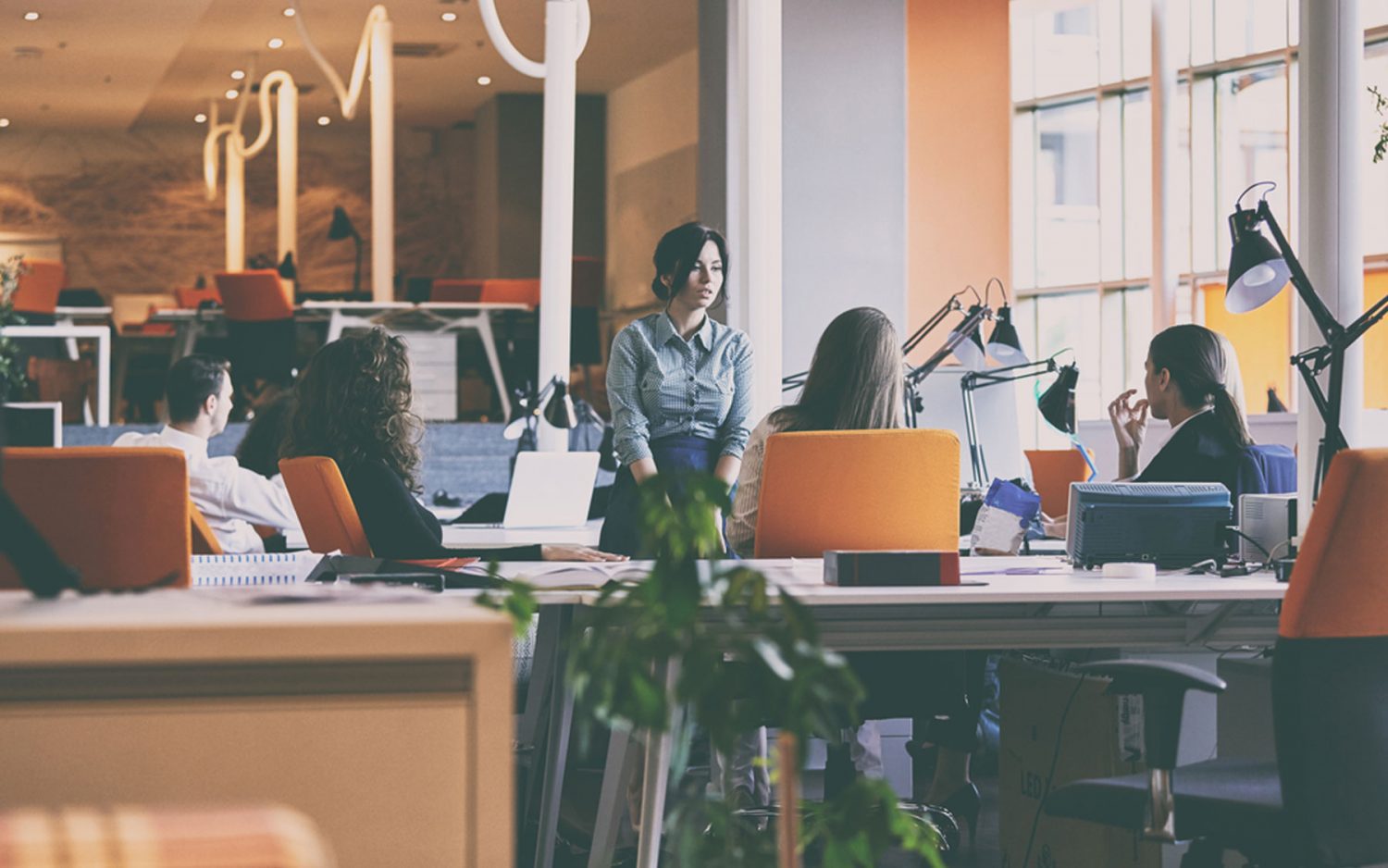Did you know attracting up to 50% of your future workforce by 2020, will require workspace reconfiguration.
Where would you like to spend the next 90,000 hours?
Imagine if we applied conventional workplace thinking to the living space in our homes. Industry-validated conjectures give each person 8-10m2, with fresh air to match; sprinkle over some designer furniture and the job’s done. But who would dream of living like that? Therefore who should work like that – bearing in mind the average person will spend 90,000 hours at work over a lifetime?
67% of the workforce feel drained by their office environment
Negative work spaces impact employees, that we know, but at what cost? In their Workplace study, Gensler reported that 67 per cent of the workforce feel drained due to their office environment at the end of each working day. Changing this statistic requires powerful reframing of a company’s priorities. It involves ranking your employee as your number one customer, and many have already met the challenge – 70% of employers have invested or plan to invest more resources improving the candidate experience. But for others, budgetary constraints and concerns over value for money hinder progression in workspace improvements.
Is your space helping or hindering?
Evaluating whether a space helps or hinders a task is fundamental. Technological developments are rapid but workspaces traditionally don’t change from the first fit-out. Adapting workspaces to accommodate changing tech is vital – it needs to be a core part of the business model to keep communication channels effective and tasks do-able. According to a recent survey by workplace experts Leesman, only 58% of respondents agreed that their workspace enables them to work productively.
So what makes a good space?
The International Well Building Institute offers a framework to improve health and wellbeing for people in the building, which leads to a WELL v1 certification if met. This goes beyond creating a cosy bean bag corner or having a Nespresso machine on each floor – this is about how design, operations and behaviours within the places where we work can be optimised to advance human health and wellbeing. Each WELL concept (air, water, nourishment, light fitness, comfort and mind) considers the issue and the impact. For example, lack of light causes disruption to the body’s circadian rhythm, which is associated with chronic diseases including obesity, diabetes, and depression. Studies have found a relationship between proximity to windows and productivity, especially when windows offer an opportunity to connect with the outdoors. Making a space desirable to be in, through light, through the materials and finishes, the artwork and how it’s branded, all help boost employee wellbeing. Connection to nature is important too. Known as biophilic design, it improves productivity by 6%, wellbeing by 15% and creativity by 15% – the new Airbnb HQ in Paris has a top-floor solarium, inspired by historical greenhouses, with plants and plenty of natural light.
New generations of workers will need different workspaces
Appealing to the millennial mindset (who will make up 50% of the global workforce by 2020, according to research by PWC) requires workspace reconfiguration. The Leesman survey found a mere 35% of respondents were satisfied at the variety of different types of workspaces their company offers. Millennials thrive on collaboration, they like flexibility and they like to share. At the Airbnb Paris office, 60 employees are seated in communal working spaces, sitting at large custom-designed tables. A dining area allows employees to eat together every day to reinforce a sense of family, but there is also an “espace zen”, a place to retreat for privacy or reflection, which includes a sofa and a balcony. Successful workspaces need to support behavioural personas (nesters, campers, routiners, hiders) and different personality types (introverts, extroverts) – open-plan isn’t for everyone and the behaviours of the people in the business should dictate the spaces provided.
Your culture and your workspace working together for your employees
Great workspaces aren’t designed simply to create somewhere trendy to wow clients. They are vital to encouraging emotional engagement with employees, attracting and retaining the best talent and creating and maintaining a solid company culture. When businesses put their employees at the centre of their workspaces, when they view workspaces as a business tool rather than real estate, they will reap the benefits – and so will the individuals who work for them.
Keep in touch – sign up to our newsletter to get: the latest news, views, best practice and exclusive content…
